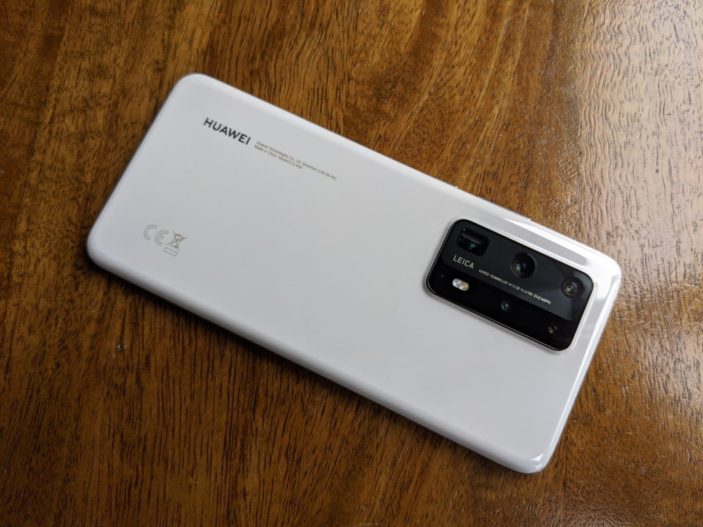
With Huawei’s P30 series representing a significant leap forward for smartphones in general, besting competition with pure muscle and a superlative camera system, the P40 series was set to be a big statement from the Chinese tech giants.
Politics came into play though, resulting no Google Mobile Services (importantly, no Google Store or associated apps) licensed for new Huawei phones, putting a major dent on the P40 family (and the Mate 30 series before it).
Work arounds ensued, and Huawei has done a commendable job ensuring that the lack of GMS is as little an issue as possible. Through the reliable phone clone app, mostly all essentials can be transferred to the P40+, and for the ones that aren’t, a new easy-to-use Petal Search can find, install and most importantly update apps by targeting numerous online sources for a re-route.
Then you’ve got Huawei’s App Gallery itself, which is constantly growing, and features some respectable essentials like Canva and alternatives like Aquamail. Although what is included here feels like a massive compromise on apps that are typically seen as daily musts, like Uber and Netflix. That’s where the above Phone Clone and Petal Search come in, reliable for most apps but there’s still going to be hiccups with the absence of Google Drive and Gmail.
GMS workarounds are there, but they require a bit of patience and effort to get the Huawei P40 Pro+ feeling like a modern, flexible and open Android phone. I don’t blame the people out there who feel like dipping into the P40 family isn’t worth it, especially when there is an abundance of strong competitors in the space.
This is further highlighted by the ambitious price tag attached to the Pro+. In Australia, the high-end smartphone retails for A$2,099, which is $500 more than the P40 Pro. Is there $500 worth of difference between the two? Are both just too expensive to justify a smartphone that demands more flexibility than it gives? It’s not a clear cut yes, but it’s not a clear no either.
And that ultimately comes down to two things. That the Huawei P40 Pro+ is a workhorse of a phone with a monster chipset and sparkling spec list is of no surprise. But the major reasons one would go for the Pro+ over the Pro surround the design and, most of all, the photography.
Design
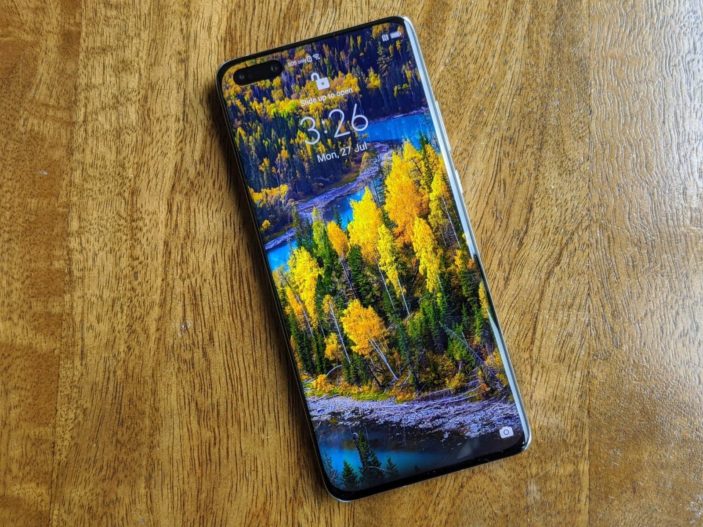
The edge-to-edge display with thin bezels all around is sharp and slick. With a res of 1200×2640 pixels and a 441 ppi, the 6.58-inch OLED screen has deeper-than-deep blacks, eye-popping colour accuracy, blink-quick contrast and a 90Hz refresh rate, which should keep gamers happy. HDR10 support guarantees a superior viewing performance, even upscaling non-HDR content to a high standard, so content always looks sharp with plenty of detail.
Although watching it side-by-side with an Oppo Find X2 Pro and a Google Pixel 4 XL doesn’t quite echo superiority. I loaded Gemini Man (on Amazon Prime) on all three devices, and opening scenes with lush greenery just didn’t look as natural on the Pro+. The Pixel’s display looked more true-to-content, while the Find X2 Pro, with its 120Hz refresh rate, had a better overall balance with the quick-changing scenes and bright tones. Seeing as both those phones are substantially cheaper, the Pro+’s excellent display still has plenty of room for improvement.
The display may not be able to outpace more affordable competitors, but the Pro+ is winning all of the awards when it struts its premium body down the runway of high-fashion phones. Though it sure is weight at 226g, that heft isn’t wasted with a glass front and ceramic back and frame. My White Ceramic model looked fantastic all around, feeling exceptionally solid in the hand and entirely distinct from other smartphones.
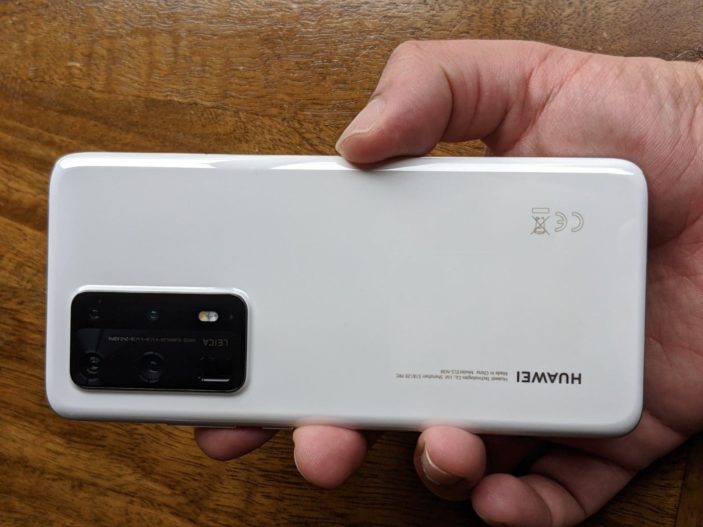
It’s a luxury aesthetic, curving around to this sturdy case which reportedly takes Huawei designers four days to create. Undoubtedly a lot of the price point has been caked into this lavish set, so do keep in mind that a chunk of your money likely goes towards the design.
If you long for the days where you’d pull out the newest phone and promptly turn heads, this is the one you want.
A reliable IP68 water and dust resistant rating helps sell the solid build and push the Pro+ as a travel-friendly device, necessary since you’re going to want to push this camera to the limit. That is, when full travel restrictions are lifted for Australia.
I am a bit disappointed in the audio performance of the Pro+’s single down-firing loudspeaker. While it is powerful, and manages an impressive volume with little distortion, the one-sided performance means the low-frequency is significantly dulled, despite some excellent mids and highs overall.
The camera bump sticks out against the white ceramic shell, but it doesn’t protrude as much as it should given all the impressive hardware behind it. The five-camera system is led by a 8MP (f/4.4) 240mm periscope telephoto camera, exclusive to the + variant, and a primary 50MP (f/1.9) wide sensor that’s the same on the P40 Pro. Having a 10x optical zoom furthers the fantastic work Huawei has been doing with the P series and their ability to take good quality shots even when zoomed in.
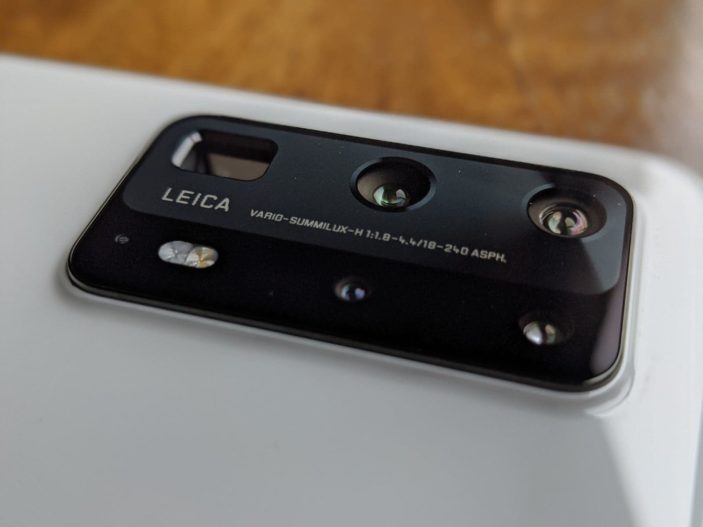
Rounding out the camera system is the 8MP (f/2.4) telephoto camera and a 40MP (f/1.8) ultrawide, as well as the valuable ToF 3D sensor which proves its worth when it comes to accurately and quickly ascertaining depth.
That’s easily one of the more impressive camera line ups on an Android phone to date. And for the most part, the hardware delivers. I’ll write more on the photography experience below.
Turning back to the display, the aforementioned, pill-shaped hole-punch is obtrusive but not overly so. It’s larger than most would expect on a modern smartphone in 2020, but that’s because there isn’t just the 32MP (f/2.2) selfie camera to snap incredibly vivid and natural looking selfies, there’s also another ToF 3D sensor for precision depth and consistently quick face-unlock.
Speaking of biometrics, the in-display fingerprint sensor is one of the fastest I’ve tested, with a super speedy response that unlocks the phone in an instant.
Performance
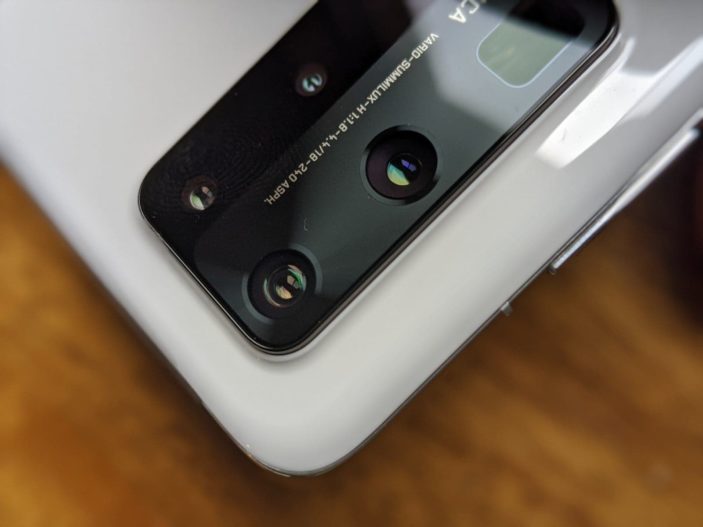
A Kirin 990 5G chipset is powering this beast, and has enough horsepower to easily rope in all functions for an exceptionally smooth experience alongside 512GB (or 256GB) onboard storage 8GB RAM. Split-screen is evidently a big thing for Huawei’s Android 10-based EMUI 10.1, and the processor is easily up to task when it comes to guaranteeing efficiency at all times. I experienced no slow down, even with multiple apps open and an intensive game (PUBG) running.
Onboard storage can even be expanded upon by using one of the dual-SIM slots via Huawei’s Nano Memory card up to 256gb. Not having access to Google Photos kind of necessitates this kind of storage, and luckily you don’t need that instant backup with plenty of space for photos, apps and whatever other content you want to throw at this top-performer.
NFC, 5G, and Wi-Fi 6 support are all a given, though the latter two aren’t quite applicable in Australia yet. I have no doubts that the Kirin 990 can handle it all with ease, with wireless speeds of up to 2400Mbps being the promise.
On the UI side, EMUI 10.1 continues to show off how refined Huawei’s operating system has gotten, and this bodes well with their promise that AppGallery will show similar strides in quality in the near-future. It’s obvious that the company is dedicated to delivering on their promises, so the EMUI is a breeze to use and incredibly stable. Those apps on the other hand, the ones you have circumnavigated the Google-lessness to get, should be kept updated as often as you can to ensure stability.
Camera

To absolutely no one’s surprise, the P40 Pro+ is so expensive because of how versatile the camera system is. The set-up, as mentioned above, does plenty to earn its keep, with the most impressive being the 50MP Ultra Vision Leica Penta Camera and its aggressively still OIS. Expect crisp and precise 12MP (by default) shots from this thing, all brimming with natural colours and excellent contrast.
Then you’ve got the 40MP ultra-wide cine camera, most valuable for content creators when it comes to shooting exceptionally smooth and stable video, topping at 4K and 60fps with extra pizazz from real-time bokeh effects. The 7680fps Ultra Slow-Motion is also heads-and-tails beyond the competition, which makes me wish I had a gimble on hand when testing this.
The cine camera also boasts a wide 3:2 aspect ratio, producing gorgeous 10MP photos that fit a lot of detail into the camera without the scene looking distorted.
As you can see from the photo above, background detail is incredible compared to what’d you’d usually get with another flagship phone. The colours pop at every level of the photo, with natural colours that don’t stink of oversaturation.
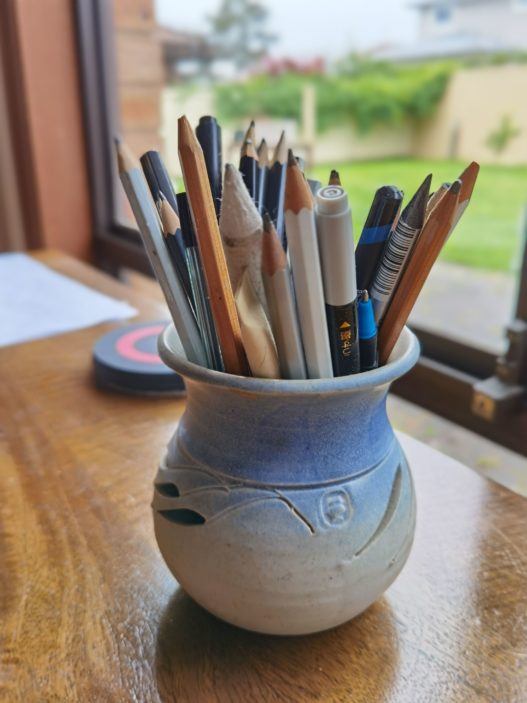
The most noticeable improvement I found when comparing the P40 Pro Plus to previous Huawei sets is the white balance. The new data-driven methods for achieving exceptional white balance have obviously paid off for Huawei, resulting in better detail and more true-to-life results, even in low-light.
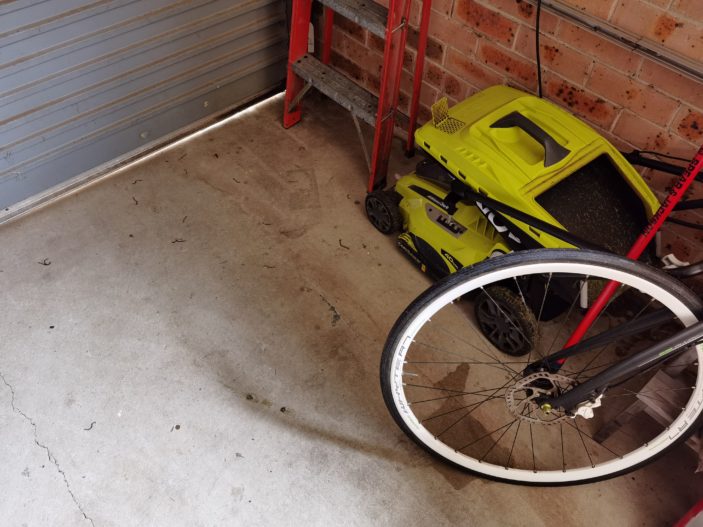
Low-light photography is also a clear winner here. But again, this is no surprise. Huawei led the pack when it came to Night Mode in the P30 Pro, and they aren’t about to give up the crown so easily. Night Mode is once again a showstopper, capturing plenty of detail in shadowy areas, but you’d only want to go wide or standard if you want to retain enough detail. Night Mode is still inconsistent when zoomed up.
I also just really appreciated being able to activate Night Mode during the day. Many other flagships don’t allow this, and you have to wait until your in sufficient darkness before you can make use of the dedicated night mode. That’s not the case with Huawei, and sometimes there can be great benefit to going against instinct and tricking the camera into thinking you’re taking a night shot. The results can be overly sharp, like they were on the P30 Pro, but it can produce more vivid colours in certain situations.


Zoom is very much the bread-and-butter of this camera system when compared to the all-but-one similarity with the P40 Pro. That’s the 10x optical zoom with a 240mm focal length I mean, and it’s able to produce fantastic results where many other flagship phones to date wouldn’t hold up past 5x.

Pushing it all the way to the ridiculous 100x digital zoom is another story through, with shake-city photos almost not worth taking at all. This feature is mostly just good from a practical point of view, like with reading signs from far away.
Special mention must go to the new autofocus system with dual phase detection. It’s the fastest AF I have ever experienced, and should have enthusiastic content creators weak at the knees.
Battery
The Pro+ ships with a 40W SuperCharger that can go to from 0 to 100 in just under an hour. That’s the promise, and the quickest I managed to get was roughly 40 minutes. Reverse wireless charging at 27W is also a feature, which is faster than some of the other competition.
As for what you’re powering up. The steady 4,200 mAh battery can easily bring a full day charge even with intensive use. Netflix, Zoom and PUBG were easy to handle in the span of 24 hours, sending me to sleep with plenty of charge left.
Value & Verdict
The P40 Pro+ is everything Huawei has learned over the years, distilled into the perfect representation of what the P series is about. Photography rightfully gets a big focus, but Huawei didn’t let their desire for a good camera lessen the phone’s other essential working parts.
Although it would be incredibly disingenuous not to write that, despite the admirable workarounds, the lack of GMS just hurts too much. If you’re already in the Huawei ecosystem and this is less of an issue for you, this won’t be as much of a deal breaker for you. But there are people out there who’ve just become too accustomed to the convenience or deeply entrenched Google apps. The temptation of a superlative photography experience just won’t be enough for them at this price point.
![]()
![]()
![]()
![]()
![]()
FOUR STARS (OUT OF FIVE)
Highlights: Excellent and versatile camera system; genuine luxury design that feels solid and unlike any other phone on the market; EMUI has come a long way; excellent for multi-tasking and productivity.
Lowlights: More work than you’d like to set up the phone with the right apps; App Gallery still in its infancy and could go either way; excellent display, but not better than some more affordable phones.
Manufacturer: Huawei
Price: A$2,099
Review based on a unit supplied by Huawei.
